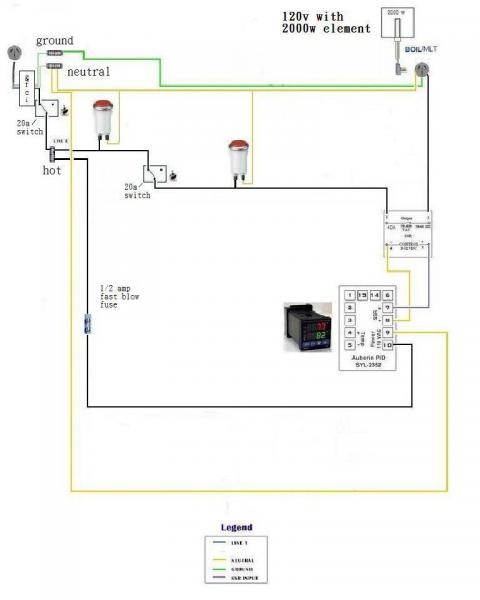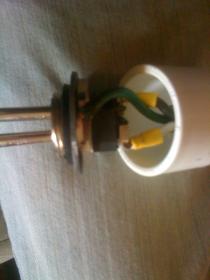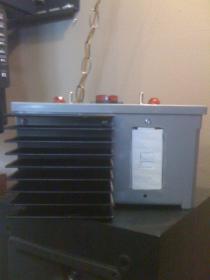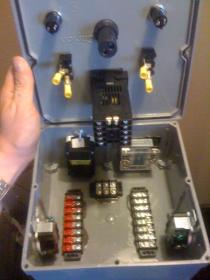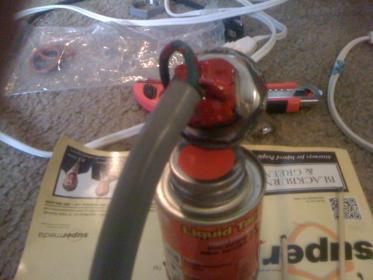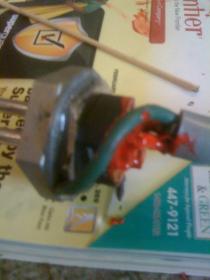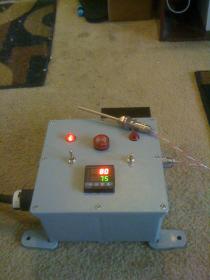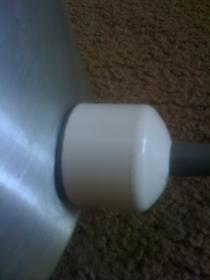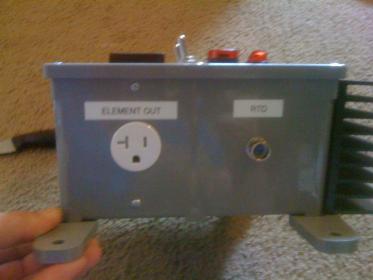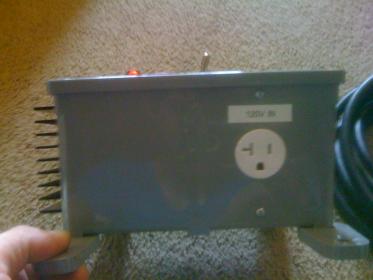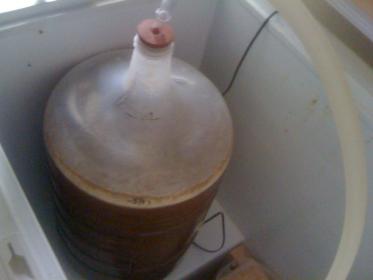agezzi
Well-Known Member
mredge73 said:It really depends on how far you are from the service breaker.
I use 12g to reduce my voltage drop since I am about 150' from the breaker.
It should be fine if you are <100' away.
Look around your house, a 1200w microwave uses 14-16g and passes UL standards.
You should be fine with 14g.
Ok I got 12/3 that will go from wall to control panel. Then got 14/3 for the control panel to the element. And I'm only about 5 feet from my breaker. The panels in the kitchen. So will that work ok and should I use stranded or solid for the inside wiring of the control panel.






![Craft A Brew - Safale S-04 Dry Yeast - Fermentis - English Ale Dry Yeast - For English and American Ales and Hard Apple Ciders - Ingredients for Home Brewing - Beer Making Supplies - [1 Pack]](https://m.media-amazon.com/images/I/41fVGNh6JfL._SL500_.jpg)



















































